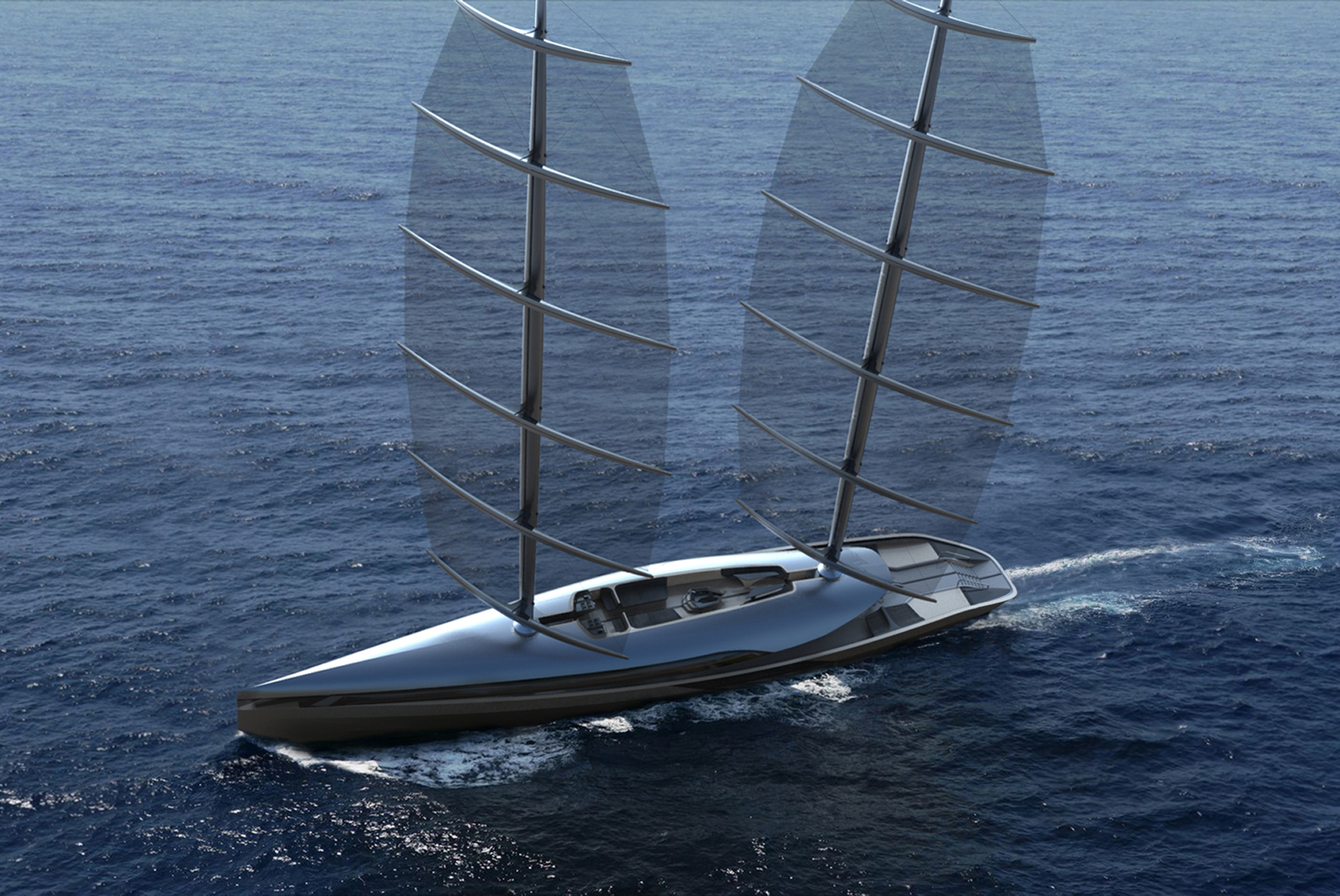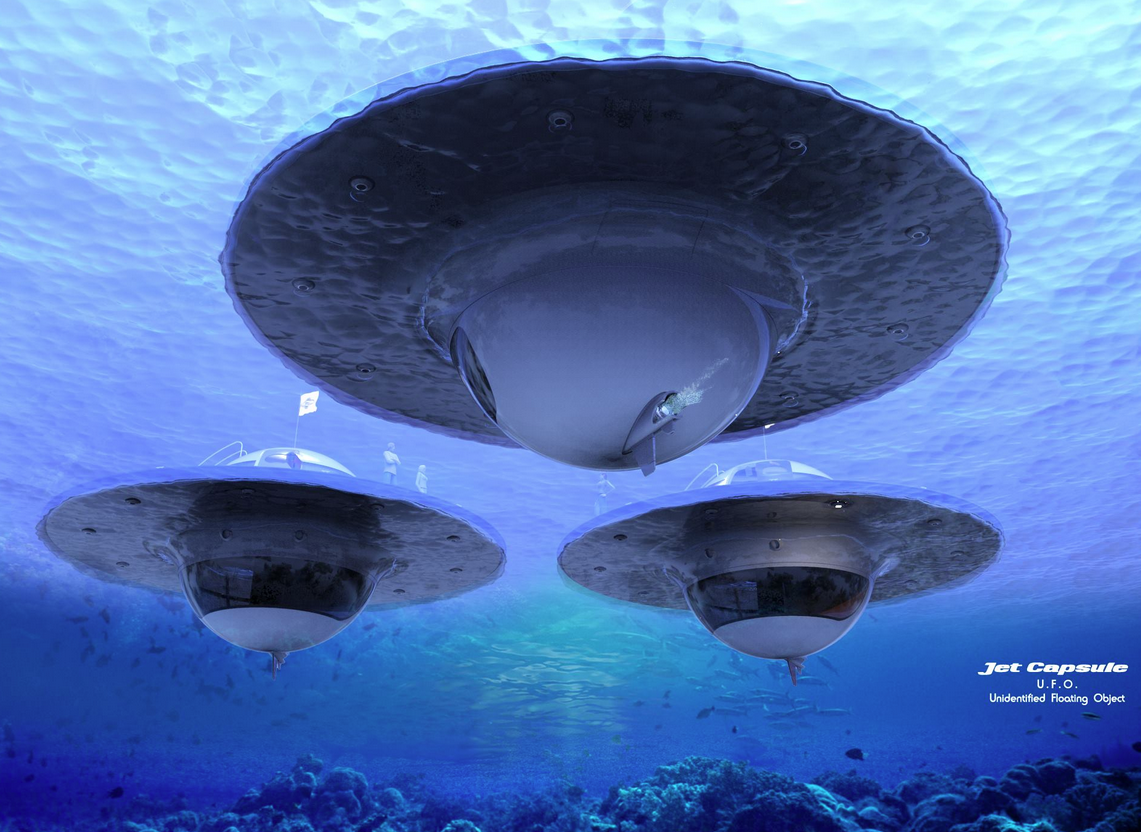Stanford University's humanoid diving robot has just finished its maiden dive off the coast of France, exploring a 17th century shipwreck. Watch the amazing robot in action here!
Powered by artificial intelligence and haptic feedback systems, Stanford University’s humanoid diving robot looks poised to open up a whole new realm of ocean exploration.
Called OceanOne, the robot has just finished its maiden dive exploring the wreck of the La Lune. The flagship of King Louis XIV’s fleet sank 20 miles off the southern coast of France in 1664. A team of skilled deep-sea archaeologists, who had studied the site, helped the robot’s pilot navigate the wreck, which sits in 100 metres of water.
The prototype robot is controlled via a set of joysticks, which can be operated from the safety of a boat. It is five foot long, has two fully articulated arms and stereoscopic vision. Batteries, computers and eight multi-directional thrusters are housed in the ‘tail’. The pilot controlling the robo-mermaid can also feel how hard it has grasped something via articulated wrists fitted with force sensors.
OceanOne was controlled on her maiden voyage by Stanford’s computer science professor, Oussama Khatib.
Speaking to the university’s Stanford News Service, he said: “You can feel exactly what the robot is doing. It’s almost like you are there; with the sense of touch you create a new dimension of perception.”
OceanOne can hold its buoyancy in the water via sensors which continually gauge current and turbulence. If the body moves, thrusters automatically activate to keep the robot in place. Sensors and cameras are used for navigation, and the robot runs algorithms to prevent it from crashing into anything.

OceanOne on its maiden voyage off France
“OceanOne will be your avatar,” stated Khatib. “The intent here is to have a human diving virtually, to put the human out of harm’s way. Having a machine that has human characteristics, that can project the human diver’s embodiment at depth is going to be amazing.”
The idea for the robot came from the need to study coral reefs at extreme depths in the Red Sea. At the time, no existing robotic submarine had the delicate skills of a human diver to carry out this work, and so OceanOne was created.
The robot diver can also dive with its human counterparts, and its pilot can communicate through hand gestures during difficult tasks.
Ultimately, OceanOne can be used in any situation too dangerous for human divers, such as oil rig maintenance, underwater disasters or deep-water mining.
“We connect the human to the robot in very intuitive and meaningful way. The human can provide intuition and expertise and cognitive abilities to the robot,” said Khatib.
“The two bring together an amazing synergy. The human and robot can do things in areas too dangerous for a human, while the human is still there,” he stated.
Next month, OceanOne will return to the Stanford campus, where Khatib and his students will continue work on the project. There are also plans to build further units.
In addition to Stanford, the development of OceanOne was supported by Meka Robotics and the King Abdullah University of Science and Technology (KAUST) in Saudi Arabia.
Pictures: The minimalist Cauta sailing yacht
Turkish designer Timur Bozca has revealed his latest concept - the futuristic sailing yacht, Cauta.
Pictures: Plans for futuristic UFO concept yacht unveiled
Italian water transportation company, Jet Capsule has released pictures of its latest concept - a two storey floating house/yacht called…




